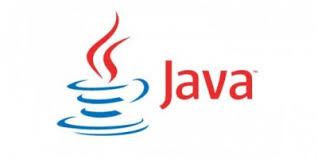What is the difference between the keywords val and var in Kotlin? If you’re coming from Java, val refers to variable that cannot be updated after it has been assigned a value; while var is the usual writable variable whose value can always be changed by other codes.
Groovy – @Singleton example
This post shows a simple example of Groovy class that uses the @Singleton annot
Kotlin – create static fields and methods
This post demonstrates how to create static class members similar to that of Java. We use Kotlin 1.1 here
Java – Limit Recursive method calls
This post demonstrates how to limit the number of recursive calls to avoid StackOverflowError in Java.
Kotlin – Extension Functions
An Extension Function is a function that is attached to an existing class and are invoked like member functions. For this post, we are using Kotlin 1.1.
PhoneGap – HelloWorld Example via PhoneGap CLI
This post demonstrates how to create a very simple example of PhoneGap application via PhoneGap CLI.
PhoneGap – Build as Android App Online
This post demonstrates how to build online a PhoneGap project as an Android app. This uses an existing project created from a previous post PhoneGap – HelloWorld Example via PhoneGap CLI
Java – 3 ways to implement a Generic Interface
A Generic Interface is an interface that makes use of formal type parameters. It uses Generics. There are 3 ways to implement a Generic Interface.
Kotlin Tutorial
Kotlin is statically typed programming language for modern multi-platform applications. It is also 100% interoperable with Java and Android. Furthermore, it allows for concise, and null-safe codes.
Java Formal Type Parameter Methods We Can Invoke
With Java Generics, we name Java Formal Type Parameter T, E, K, and V conventionally. If an instance of a Format Type Parameter, what available methods we can invoke on them? Java Formal Type Parameter is Object Formal Type Parameters





